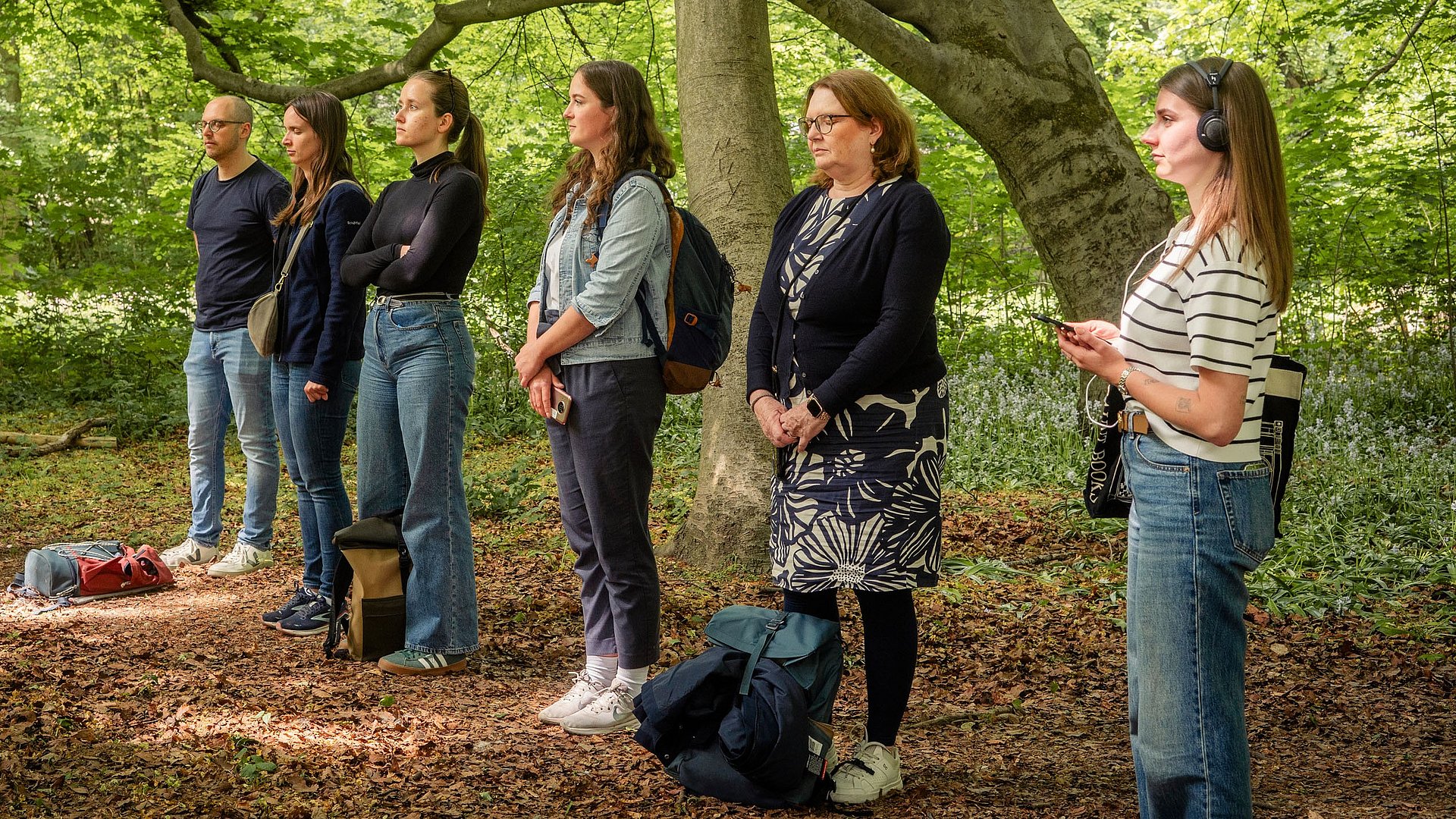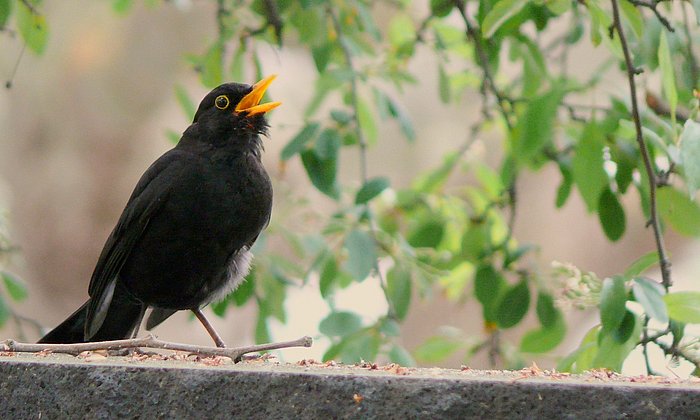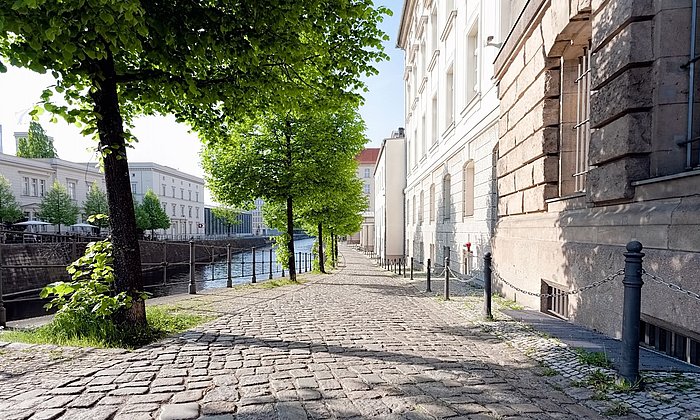Participatory Research
Exploring the urban soundscape

Traffic or construction site noises and the trams’ bell — when people think of city sounds, they often focus on the negative. This perception is reflected in urban planning, which tends to prioritize sound reduction. But the urban soundscape of the city is much more than that: birdsong, lively conversations, and children playing are also part of the city’s everyday sounds. “We’re trying to understand the relationship between biodiversity, mental health, and the urban soundscape — and how we can find ways to strengthen this link in a positive direction,” explains Leonie Schulz, a research associate in Urban Productive Ecosystems at TUM and project coordinator for CitySoundscapes.
The goal of the project is to develop practical, evidence-based recommendations for cities and municipalities that incorporate public perspectives and help improve everyday life in urban areas. In addition to TUM and LMU, project partners include TU Berlin, Biotopia Lab, the Department of Climate and Environmental Protection of the City of Munich, Green City e.V., and the Munich chapter of BUND Naturschutz.
In various sub-projects, the team studies selected locations across Munich to assess land use, green space design, and local biodiversity. One of these sub-projects involves the soundwalks — this is where the public gets involved.
Following designated routes, participants explore their surroundings in small groups: Which sounds feel pleasant? Which are neutral? And which are simply annoying?
Participants anonymously share their impressions on paper questionnaires or through a mobile app. Combined with data from other research, these responses provide the foundation for recommendations aimed at making city soundscapes more pleasant.
Including public perspectives
Michaela Coenen, Head of the Department of Health Promotion and Prevention at the LMU’s Chair for Public Health and Health Services Research — which runs the soundwalk project in collaboration with TU Berlin — emphasizes: “We’re not just doing research for people, but with them. Our goal is to create measures that the public will embrace. That’s why we’re excited to welcome anyone interested in taking part in our soundwalks.”
All adults who feel fit enough for a one-hour, 1.5-kilometer walk are welcome to participate. At some randomly selected sessions, participants will also be asked to provide a saliva sample to measure cortisol levels, helping researchers understand the physical effects of relaxation.
- Project website: https://www.citysoundscapes.de/
- Sign up via the booking calendar at https://www.citysoundscapes.de/soundwalks or by emailing hoerspaziergang@ibe.med.uni-muenchen.de
- Alongside the Professorship for Urban Productive Ecosystems, the Professorship for Forest and Agroforest Systems, the Chair for Strategic Landscape Planning and Management, and the Chair of Terrestrial Ecology are also collaborating on the project. All these chairs are part of the TUM School of Life Sciences.
- CitySoundscapes is part of the Research Initiative for the Conservation of Biodiversity (FEdA). Supported by the Federal Ministry of Research, Technology and Space (BMFTR), the initiative funds over 40 scientific projects focused on analyzing biodiversity in Germany and developing effective strategies for its protection and restoration. The initiative promotes “transformative” science, encouraging dialogue between researchers, policymakers, businesses, agriculture, forestry, conservation groups, and civil society. More info at: www.feda.bio
Contacts to this article:
Leonie Schulz
Technical University of Munich
Professorship of Urban Productive Ecosystems
leonie.schulz@tum.de
Dr. Michaela Coenen
LMU Munich
Chair for Public Health and Health Services Research
Institute for Medical Information Processing, Biometry and Epidemiology (IBE)
coenen@ibe.med.uni-muenchen.de



